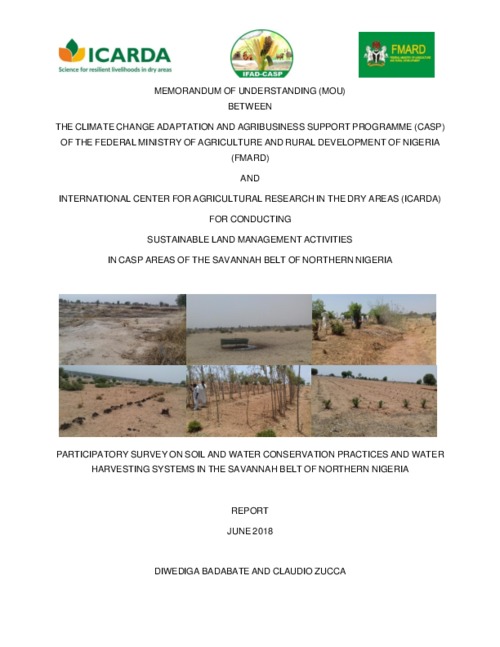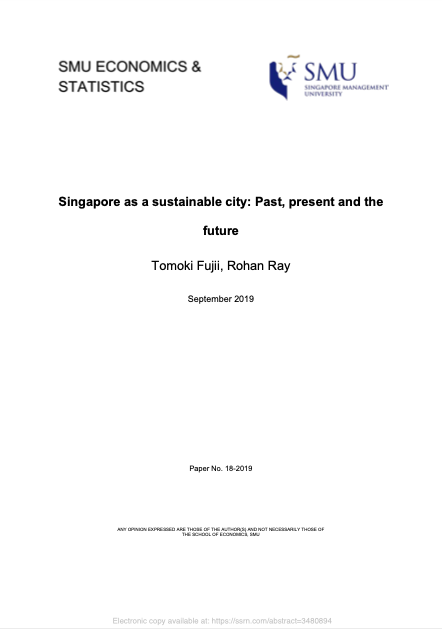THE BENEFITS OF TURFING FLOOD-PREVENTION DYKES
Az árvízvédelmi töltések védelmében, az árvizek levonulásában, ezáltal ma-gában az árvízvédelemben a gyepesítésnek jelentős szerepe van. Gazdaságossá-gát nem lehet egzakt módon bizonyítani, hiszen míg a létesítési és fenntartási költségeket egyértelműen meghatározhatjuk, a bevételi oldal összetett és nehezen számszerűsíthető. Az árvízvédelmi földgátak gyepesítésének társadalmi hasznossága és gazda-sági előnye mégis vitathatatlan:-közvetlen gazdasági haszon: pl.











